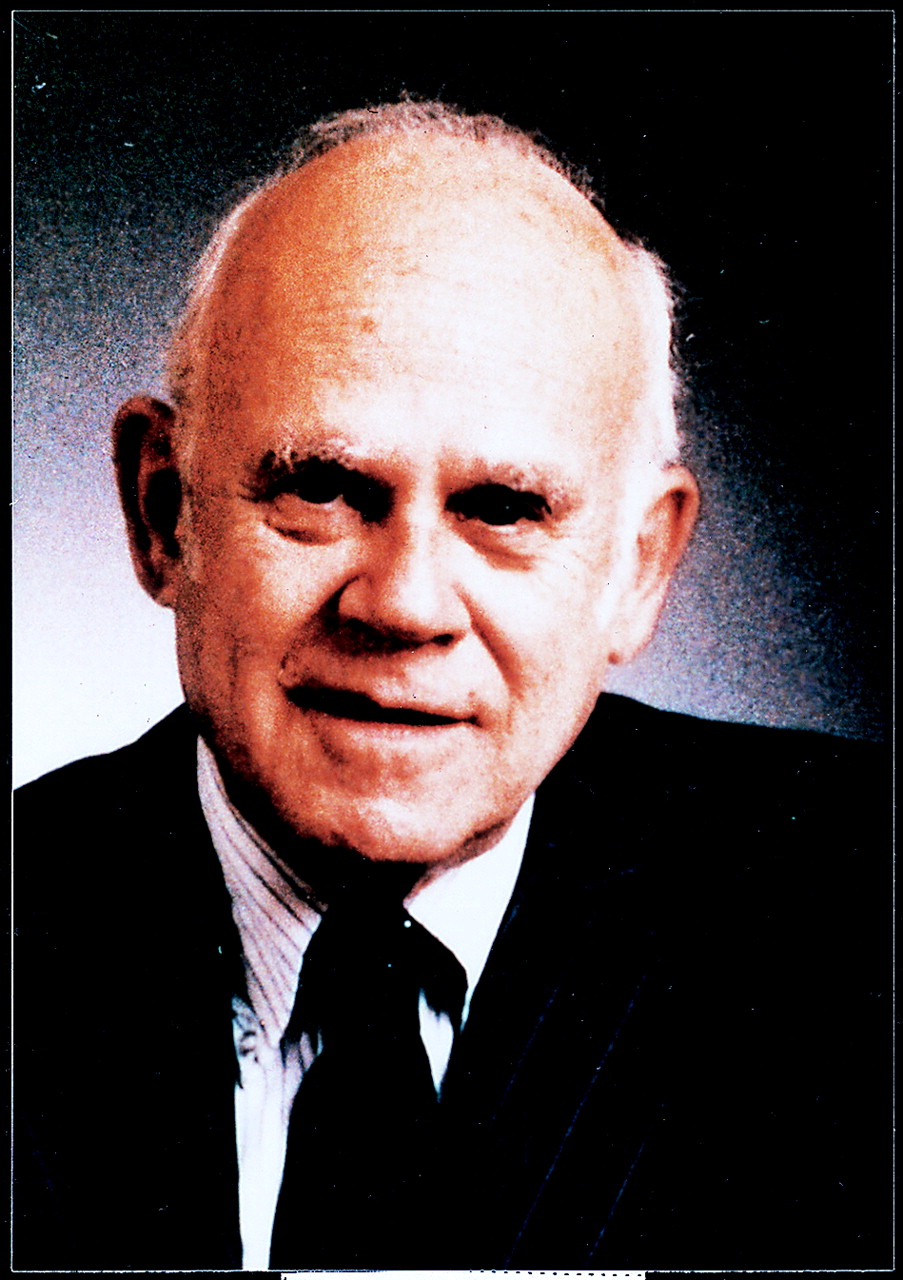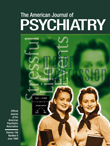Morris Abraham Lipton, to all those who knew him, was a most remarkable man. Born during World War I, a teenager in the depression, he attended the City College of New York, graduating as a chemistry major in 1935. Remarkably, he found his way to the University of Wisconsin at Madison, a bastion of biochemical research, in the 1930s and 1940s. He received both master’s (1937) and Ph.D. (1939) degrees in biochemistry from that institution and was employed at the University of Chicago under a Department of Defense contract in chemical warfare during World War II. He completed his medical school training in 1948. After internship at Michael Reese Hospital and residency training in psychiatry at the University of Chicago, he served on the faculty both at the University of Chicago and Northwestern University. In 1959 he relocated to the University of North Carolina at Chapel Hill, where he remained for 30 years, having an illustrious career by any measure. He served many roles, ranging from director of the Biological Sciences Research Center to chairman of the Department of Psychiatry. He was the intellectual heart and soul of neuroscience and psychiatry during this era in Chapel Hill.
There are a number of facts about Morrie Lipton that might be used to characterize his career. These include his seminal work on the biochemistry of vitamins, particularly nicotinic acid
(1), characterization of an animal model of phenylketonuria
(2) that is still valid today, pioneering work on thyroid hormone with his lifelong colleague Arthur J. Prange, Jr.
(3), and a myriad of other scientific findings. Instead, I wish to focus on a totally different aspect of Morrie’s life, one that for those who knew him surely stands out more than one or another of his outstanding scientific reports. Simply stated, Morrie Lipton was a friend to all. He was just as likely to spend 1 to 2 hours discussing current controversial issues in the news with the state employee who mopped the floor in the Biological Sciences Research Center as he would with a Nobel laureate, and he felt equally comfortable with both. Although sometimes thought of as a curmudgeon, Morrie truly was the one individual in his peer group who could be expected to stand up and say that “the emperor has no clothes.”
He was quite embroiled with the now infamous megavitamin therapy controversy in schizophrenia, frequently debating Linus Pauling, and also served on the President’s Commission on Pornography and Obscenity. He often stated that his parents would have been appalled to know that he favored pornography (or, as he saw it, freedom of the press) but was against vitamins (at least in the treatment of psychiatric disorders). He was constantly asking questions about treatments used in psychiatry that he believed were without any solid foundation or demonstrable efficacy. He played no favorites in his skepticism, which ranged from insulin-induced coma to psychoanalysis to megavitamin therapy to dietary manipulations for the treatment of hyperactive children, and on and on. He served as deputy editor of The American Journal of Psychiatry and read every paper he was responsible for—a daunting task.
His best friends were the giants in our field—Danny Freedman, John Nemiah, Julie Axelrod, Irv Kopin, Richard Wyatt, and David Hamburg, to name a few. Remarkably, he would rather spend an evening surrounded by graduate students, asking them questions that no one else had ever asked them before, than to be with a group of his peers. He was always prepared to fight for a good cause, for a graduate student whom he thought needed extra help, for a patient who wasn’t receiving the care that Morrie felt he or she should receive, or for a member of his family, for he was certainly a devoted family man to his children, Judy, Susan, and David, and to his wife, Barbara, a noted psychiatrist in her own right. He helped mentor a myriad of residents, fellows, and junior faculty who have gone on to successful careers. These include Fred Goodwin, Layton McCurdy, Bill McKinney, Peter Whybrow, Garth Bissette, Frank Kane, George Breese, Ken Jobson, Peter Loosen, Dwight Evans, Bob Golden, Richard Treadway, Jeff Simon, myself, and others.
I have so many memories of Morrie—riding down a class V perilous-to-life rapid in a two-man raft with his son on the Nolichucky River, not knowing at the time that he had a dissecting aortic aneurysm, exhausted but loving every minute of it; dozing at a site visit at Johns Hopkins University, only to ask the most incisive questions 5 minutes later. He loved science, he loved literature, fiction and nonfiction, and music, especially Paul Robeson. He loved people and especially children, but most of all, he loved excellence. It was this trait that led him to push himself and others around him. Unlike other faculty, Morrie never dismissed an idea out of hand. This was true of his thoughts about psychiatric diagnoses, the place of psychiatry in medicine, development of novel treatments, and his great passion, the etiology and pathophysiology of psychiatric disorders.
One of my most vivid memories of Morrie was sitting in his office one summer day when he related his idea that hallucinogenic drugs, if proved safe, could be used to provide impoverished adults with a choice for a “vacation” or “a trip.” Even when discussing psychopharmacology, he was always a humanitarian.
Morris Abraham Lipton was a giant among giants, and although it has been nearly 10 years since his death, those of us who knew him still think about him often.


